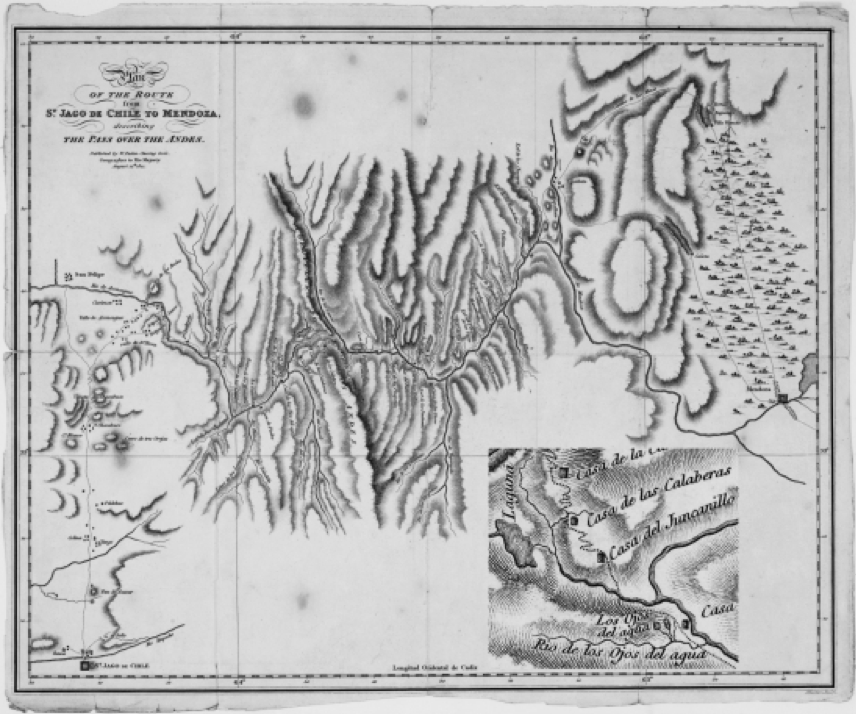
In 1832, Charles Darwin, at the time 22 travelled to South America. He traveled on the HMS Beagle under Captain Robert FitzRoy; once in Argentina, Darwin spent around 3 years researching the environments he encountered (Aguirre-Urreta, 4). In Punta Alta, he spent discovered the skull of a large animal which he brought back to the ship along with many other wildlife finds, which were sent back to England for his further examination (Kennedy). These animal discoveries helped begin his career in natural science.
Expeditions to Patagonia had started as early as the 1500s, most likely led by Captain Diogo Ribeiro and then Estevão de Frois (Dunnell). These explorers later paved the way for Ferdinand Magellan in 1519 (Dunnell). His account of the Land of Giants was written about Patagonia and the peoples he encountered, whom he describes as, “between 9 and 12 feet tall” (Dunnell). The area known as Patagonia was named after Magellan called it “Patagón” or land of big feet (Dunnell). During the 1830s, the region of Patagonia was explored by two expeditions, the HMS adventure and HMS Beagle (Dunnell). These voyages sought to map and understand the Southern coasts of Argentina as well as the interior of Argentina and its wildlife.
The St. Fe Notebook is one of the most famous journals from Darwin’s exploration in Patagonia. In fact, “The St. Fe Notebook presents the most dramatic contrasts between the many aspects of geology and natural history which Darwin encountered on both the Atlantic and Pacific margins of South America” (Wyhe). A large aspect of his early fame came from this notebook because, “after the voyage Darwin was recognized as an authority on the geology of the Andes” (Wyhe). Here we see a map from St Jago to Mendoza. This map also shows the route taken over the Andes.
Sources:
Aguirre-Urreta, Beatriz, Miguel Griffin, and Victor A Ramos. “Darwin’s Geological Research in Argentina.” Darwin Online. Darwin Online, February 2009. http://darwin-online.org.uk/content/frameset?itemID=A194&viewtype=text&pageseq=1.
Kennedy, Maev. “Darwin’s Lost Fossils – Including a Sloth the Size of a Car – to Be Made Public.” The Guardian. Guardian News and Media, April 6, 2018. https://www.theguardian.com/science/2018/apr/06/charles-darwin-lost-fossils-including-a-sloth-the-size-of-a-car-to-be-made-public.
Dunnell, Tony. “A Brief History Of Patagonia Exploration.” South American Vacations, September 1, 2019. https://www.savacations.com/brief-history-patagonia-exploration/.
